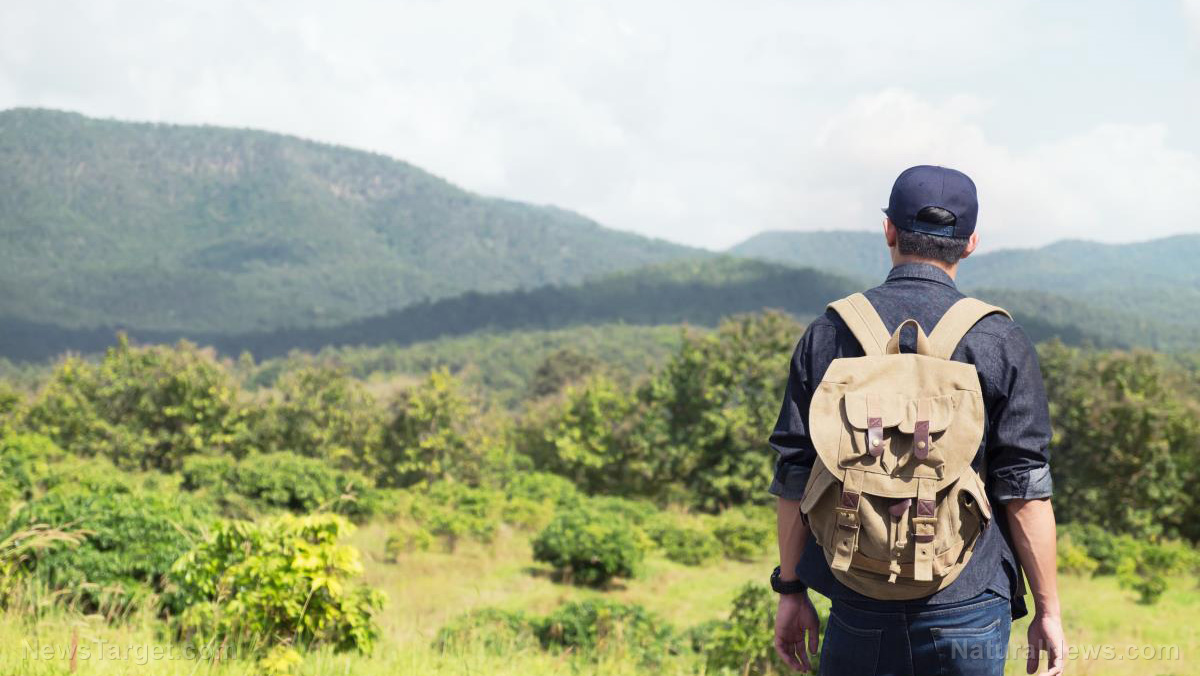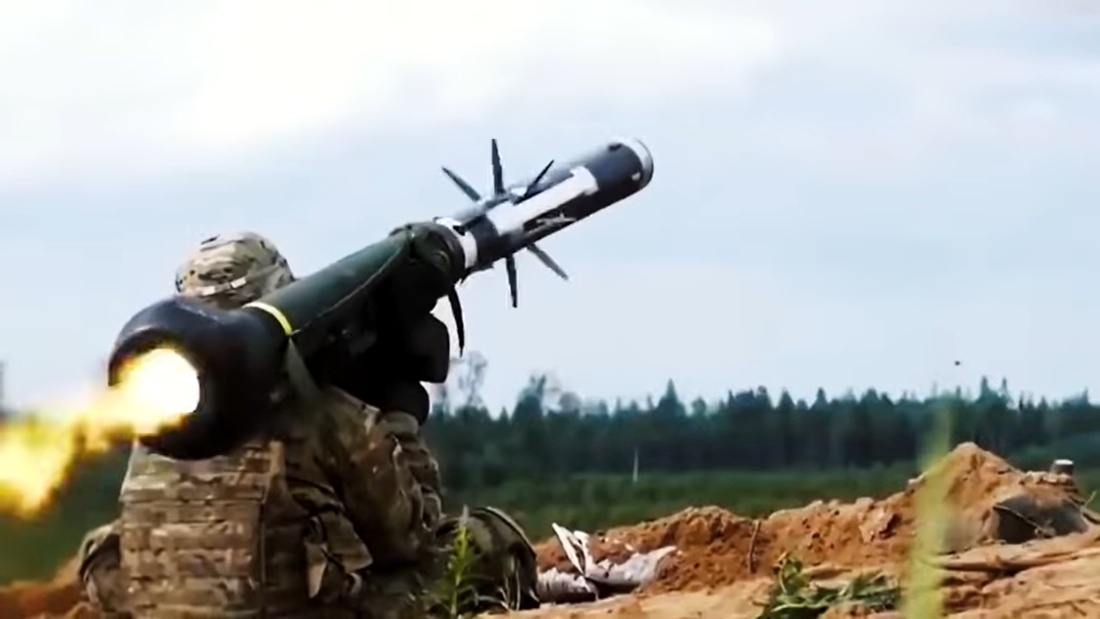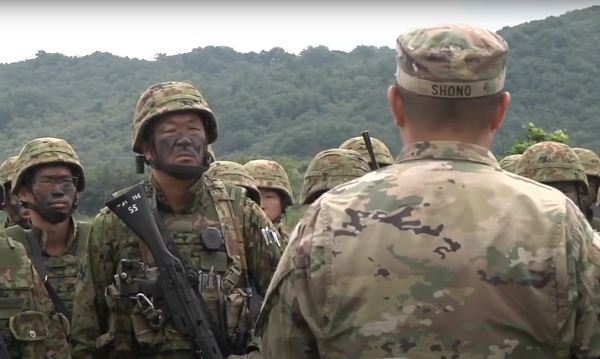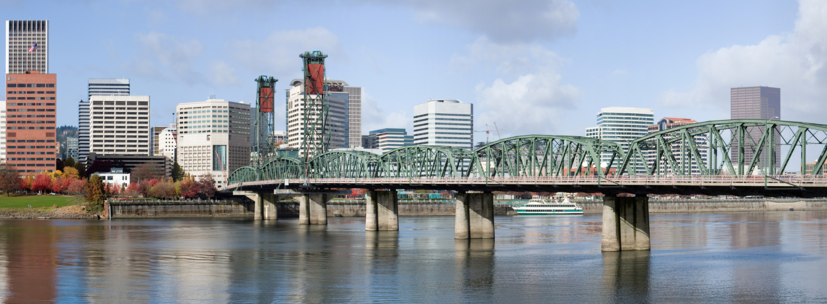Bug out survival planning: How to get out of the city after SHTF
04/04/2023 / By Zoey Sky

Evacuating a major city after a natural or man-made disaster can be a logistical problem for local authorities, mostly due to the lack of personnel and proper infrastructure. When this happens, things can quickly turn into an “every man for himself” scenario.
If you want to prepare before this happens, you must figure out how to get out of the city before you become trapped when non-preppers panic and try to escape. (h/t to Survivopedia.com)
Prepare to bug out ASAP when disaster strikes
When preparing to bug out safely before disaster strikes, you can learn several lessons from Los Angeles when it experienced an economic boom after World War II. During the time, Los Angeles was at risk of being targeted by a nuclear attack by the Soviets.
The population of Los Angeles in 1950 was close to two million, but the infant freeway system only had three narrow highways to evacuate a large number of people during an emergency.
To address this, the authorities realized that the most effective solution was to build a network of roads over the San Gabriel Mountains and into the Mojave Desert beyond.
Should the city experience an impending disaster that required evacuation, the residents of Los Angeles would be forced to depend on their own resources. (Related: Billionaires like Bill Gates are predicting a coming food crisis and preparing by building survival bunkers.)
What to do before you leave
History has proven that evacuation announcements can be made with very little notice.
If you’re a prepper, you must get your preps ready ahead of time so you can avoid the throng of people that will inevitably make it hard to pass through the roads out of town.
Bug-out vehicle
If you think you will need to bug out when SHTF, make sure your bug-out car has a full tank of gas and is well-maintained since gas stations may be closed or only offer limited services.
When cars pile up on the road, you will need survival gear in your vehicle at all times. This ensures that you have fewer items to gather when it’s time to evacuate and you will be better prepared for an emergency when you are away from home most of the time.
You should also have a plan if you think your car may get stuck amid other non-preppers and are forced to abandon your vehicle. When this happens, you will need an alternative means of transportation.
If your budget is tight, you can include something affordable in your plans, like an average bike.
If you want to include a couple of bikes in your bug-out plan, you must be prepared to handle the weather. When packing your bug-out bag, include weather-appropriate clothing for the riders that offer protection and proper tires for the bike.
Exit plan
Each city is unique. Some may have several evacuation routes while others may be more restricted.
Before SHTF, you need to draw an emergency exit plan that factors in your location, population and intended destination. Try to avoid heading toward the city center.
Instead, stick with a primary route that you have marked on detailed paper maps.
Since the cell service may not be available, you should bring topographical and forest service maps, along with highway and local road maps specific to your area. Familiarize yourself with your chosen route so you can safely bug out.
Some people may want to follow the orders of government officials during an evacuation, but you should be ready to follow your own route if necessary to ensure your safety. Make sure you have a hand-crank radio in your cache or bug-out bag so you can monitor the news.
Be prepared to switch to plan B or even plan C after SHTF since things can and will fail when disaster strikes.
When drafting your emergency plan, look for a tertiary road, an alternate route, or a secret series of side streets that you can take when the main roads get crowded.
When drafting your emergency plan, think of the supplies and gear you might need as you bug out. Plan for common scenarios and overlap your requirements for each case.
Since it’s impossible to plan for every scenario, effective planning will help maximize your chances of a successful evacuation.
Survival gear
When packing your bug-out gear, think of factors like the climate, environment, time of year, type of emergency and your destination.
The 10 Essentials, popularized by the Sierra Club and Boy Scouts in the 1970s, is a comprehensive packing list that will help ensure you are prepared for any situation while evacuating after SHTF.
10 Survival essentials to pack in your bug-out bag:
- Compass
- Extra clothing
- Extra food and water
- Firestarter
- First aid kit
- Flashlight (with spare batteries and bulb)
- Map
- Matches (in a sturdy, waterproof container)
- Pocket knife
- Sunglasses and sunscreen
Include redundant gear from all 10 categories to maximize your preparedness.
Remember that while you need to pack efficiently, you should also avoid overpacking. If you are bugging out on foot, you will need to keep your bag as light as possible.
Prioritize food and water and adjust your list of supplies based on the specifics of your trip. This means if you are traveling to a desert in the summer, you don’t need extra blankets and warmer clothing.
Store your gear in an accessible storage box near your parked bug-out vehicle. You should also prepare a backpack in case you have to travel on foot and leave your bug-out vehicle.
Aside from the 10 Essentials, include extra items like cash, toiletries or personal hygiene items and important documents stored in a waterproof container. If you have pets, they will also need gear and food.
Practice your bug-out plan
Before things go south, run drills with your whole family so you can address any issues in your emergency preparedness plan.
Start by driving along your intended route. Look for obstacles that you may encounter along the way. Take note of how long it takes you to get to your primary and backup routes.
Observe how traffic patterns are affected during rush hour.
If you’re the one driving, get your companion to mark areas to avoid on your maps, like dangerous neighborhoods. Avoid potential choke points where traffic may bottleneck.
Identify rivers or streams that could flood when it rains heavily and block your route.
You should also keep an eye out for potential safe-havens, like a friend’s home, military bases or hospitals.
Prepare for evacuation day
Evacuating with the possibility of never returning is difficult even for experienced preppers, but you need to bug out in a way that doesn’t draw unwanted attention.
Don’t announce that you’re a prepper with plenty of supplies in your garage. When SHTF, make it look like you’re just going on a quick trip elsewhere.
If there’s a risk of flooding, such as during a flash flood, turn off the power at the breaker. If there is none, leave a few lights on to deter burglars. Always lock all windows and doors.
After leaving your home, stick to your bug-out plan. Follow the routes you chose, and avoid potential hazards such as riot zones, road obstructions like downed power lines and increased traffic.
Keep moving. If you come across someone else who needs help, you should only do so after you have confirmed that there is no risk of putting yourself or your family in danger.
Remember, you can’t help your family if you get injured trying to help a stranger.
Deciding how long to bug out
There are many factors to consider when trying to decide how long to bug out. First, consider your safety. Before returning home, you need to confirm that it is safe to do so.
Depending on the nature of the emergency, you may need to wait for the all-clear announcement from emergency services or local authorities before going back home.
You should also consider the aftermath of the emergency. Even if it’s already safe to return home, you might not have a home to return to if it has been damaged or destroyed. If this is the case, you might need to think of a plan B so your family can settle somewhere else safely.
You also need to understand the nature of the emergency and its aftermath. Some natural disasters, like hurricanes or wildfires, may cause widespread damage and disruption. This can make it hard to return home even if your house is intact.
If this is the case, you may need to plan for an extended period away from home, possibly extending your bug out to weeks or even months.
If your home is destroyed, you will need a safe place to relocate your family. When possible, choose a location close to family and friends who can offer both moral support and resources, if needed.
Evacuating a ruined city after SHTF can be difficult, but planning ahead can help you decide on the safest routes to take and the best bug-out location for your family.
When disaster strikes, stick to your bug-out plan and stay vigilant. Head to your bug-out location and wait until it’s safe to go back home, and prepare to relocate if you need to.
Watch the video below for tips on what to include in your bug-out bag.
This video is from the Alex Hammer channel on Brighteon.com.
More related stories:
Prep With Mike: Bugging out is better than staying in an apartment during a collapse.
Survival 101: What to do after a nuclear blast.
Bug out survival planning: Transportation ideas during a financial crisis.
Sources include:
Submit a correction >>
Tagged Under:
bug out, chaos, Collapse, disaster, Gear, how-to, off grid, panic, preparedness, prepper, prepping, prepping tips, SHTF, survival, survival gear, Survival Tips, survivalist
This article may contain statements that reflect the opinion of the author
RECENT NEWS & ARTICLES
COPYRIGHT © 2018 PANIC.NEWS
All content posted on this site is protected under Free Speech. Panic.news is not responsible for content written by contributing authors. The information on this site is provided for educational and entertainment purposes only. It is not intended as a substitute for professional advice of any kind. Panic.news assumes no responsibility for the use or misuse of this material. All trademarks, registered trademarks and service marks mentioned on this site are the property of their respective owners.




















